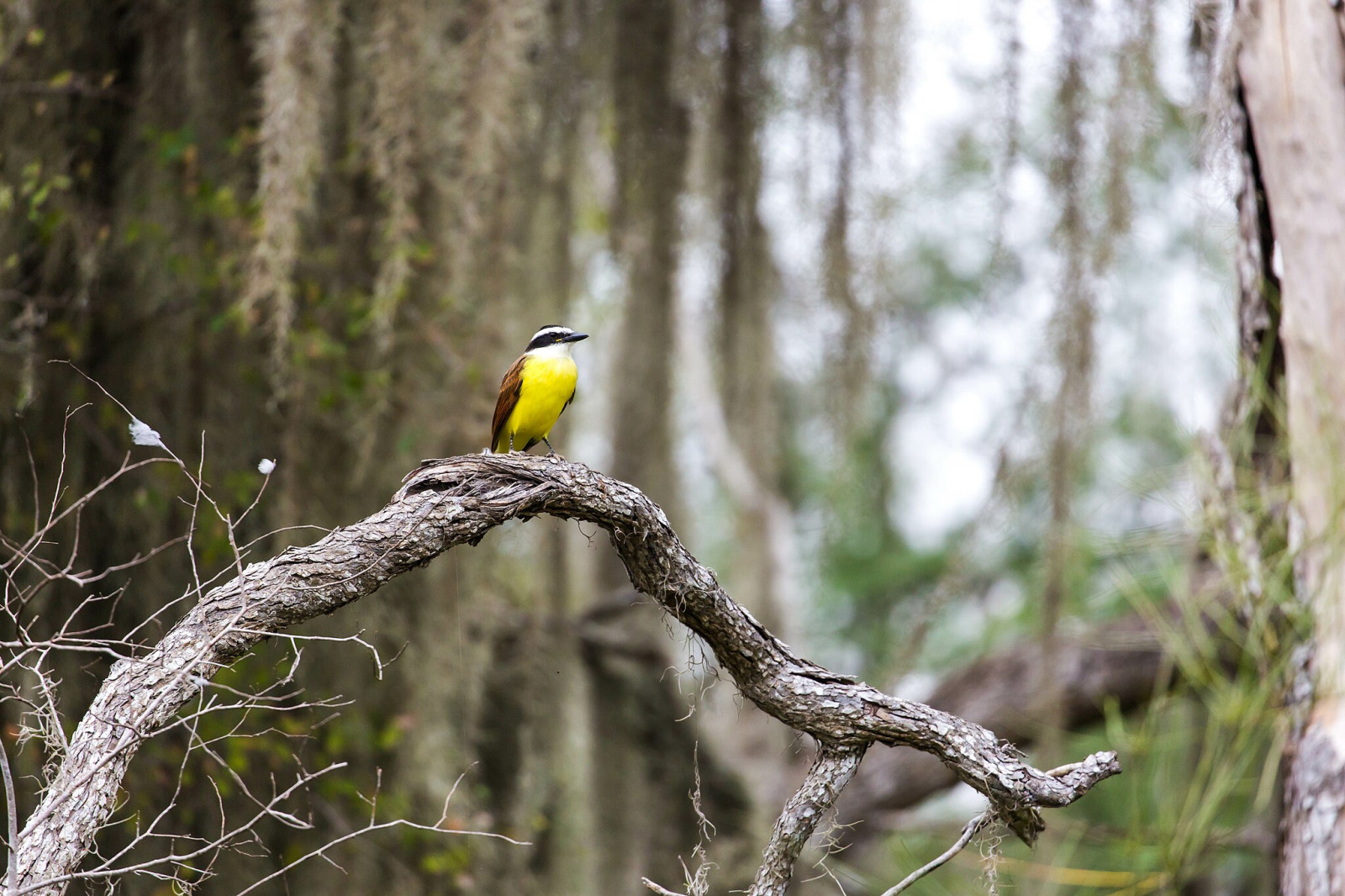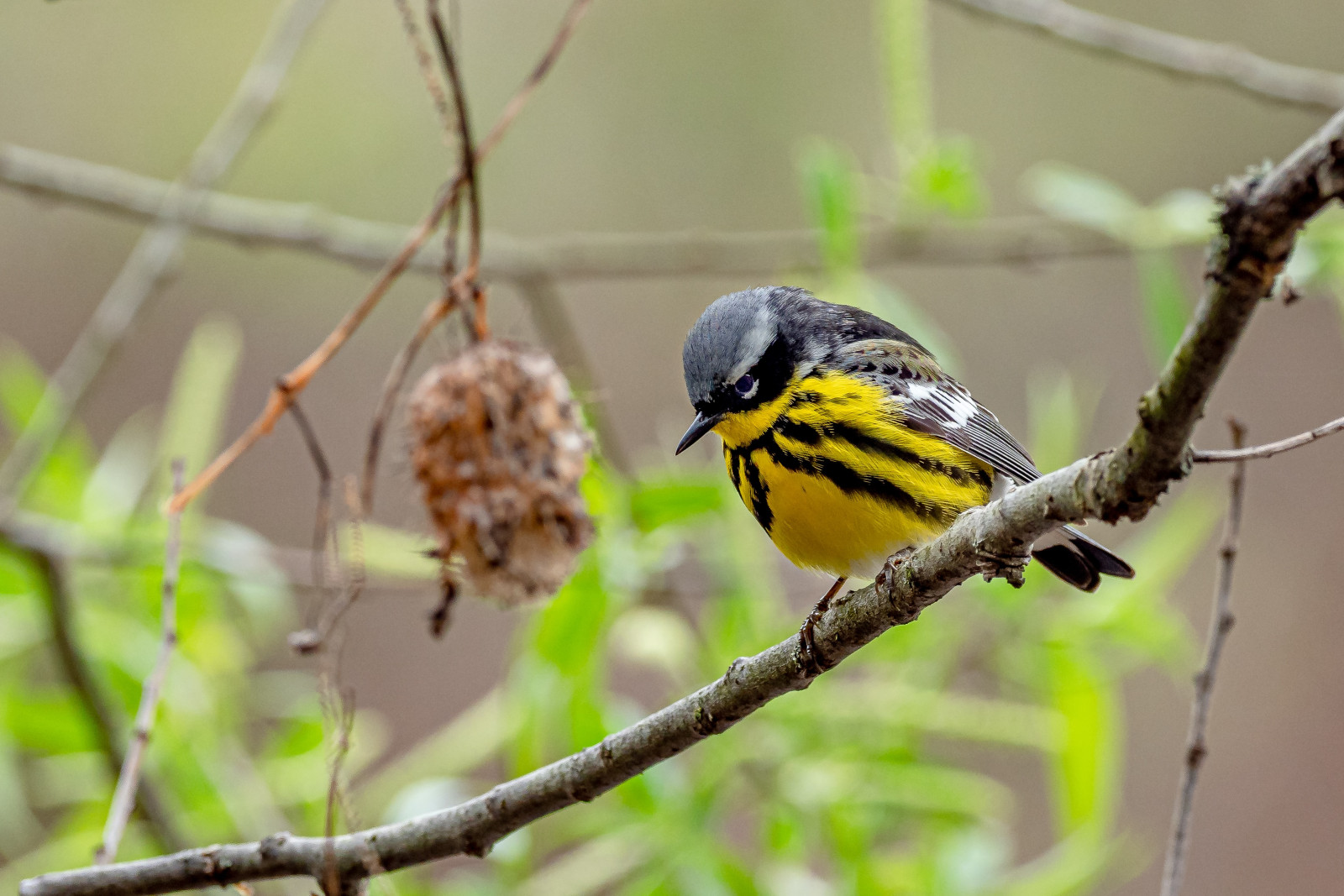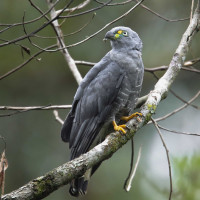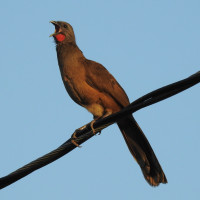Opis
Santa Ana National Wildlife Refuge is a top birding destination known for its resident species like Green Jay, Plain Chachalaca and Great Kiskadee. It's situated along two major migratory routes for many birds. It is also at the northern-most point for many species whose range extends south into Central and South America. Making Santa Ana - though small in size - a great spot for birdwatching. Spring warblers are abundant with more than 35 species seen, including Golden-winged Warbler, Magnolia Warbler, Northern Parula and Tropical Parula, American Redstart, Palm Warbler and Yellow-breasted Chat.
Hundreds of thousands of migrating raptors fly over the refuge in spring and fall, including Broadwing hawks, Northern harriers and Peregrine falcons. Santa Ana National Wildlife Refuge’s rarest raptors, the Hook-billed kite and Gray hawk, are seen occasionally.
Szczegóły
Dostęp
The refuge is located on the US-Mexico border, just south of McAllen city. You can reach the location by taking Highway 83 to Alamo. After that, turn south onto FM 907 and continue for seven miles. Once you reach Highway 281 (Old Military Highway), turn left and head east for about a quarter of a mile. The refuge is located down a short road to the parking lot on the south side of the highway. Click on the P in the map for directions or coordinates.
Seven days a week from sunrise to sunset, you can enjoy Santa Ana National Wildlife Refuge's many trails. Bikes are available to rent, but most of the areas birds can be found with a short walk by yourself or one of the refuges morning bird walks ( highly recommended). Tram tours are also available. Entrance fees are charged by the vehicle. Daily passes are $ 5 per vehicle (2024). The first Sunday of every month is free. Restrooms are available at the breezeway in front of the headquarters office and visitor center.
Teren i siedlisko
Błota , Tereny podmokłeWarunki
Płaski , BagiennyTrasa dookoła
TakCzy luneta będzie przydatna ?
Może być przydatnaUdany sezon obserwacyjny
Zima , WiosnaNajlepszy czas na wizytę
ZimaTrasa
Wąski szlak , Szeroka ścieżkaPoziom trudności szlaku pieszego
Średnio wymagający spacerDostępne
Pieszo , Wózek inwalidzkiCzatownia/platforma obserwacyjna
TakLinki
- www.fws.gov/refuge/santa-ana
- Photo Great Kiskadee in Santa Ana NWR by Cricketsblog, CC BY 2.0, via Wikimedia Commons




